- VoIP is a popular technology that allows a person to make a phone call over an internet connection.
- It’s used by companies of all sizes all around the world for both internal and external communications.
- The market is flooded with options, but a few of the best are RingCentral Office, Nextiva, and GoToConnect.
Voice over Internet Protocol (also known as IP telephony) is a method of delivering voice communication and/or group multimedia activities over a computer network – most notably the Internet.
Since its inception in the late 1990s as an alternative to the standard public switched telephone network (PSTN), VoIP has grown exponentially to billions of daily users worldwide. Companies of all sizes – from sole proprietorships to SMEs and large enterprise-level organizations – use VoIP to facilitate collaboration between remote workers, keeping different personal and internal teams connected in a flexible, cost-effective way.
The VoIP marketplace is a crowded one, and the technology is in a state of constant change. This guide will explain the basic premise of the technology, outline the core functionality and help you make an informed decision on what provider to choose from the hundreds of VoIP solutions available.
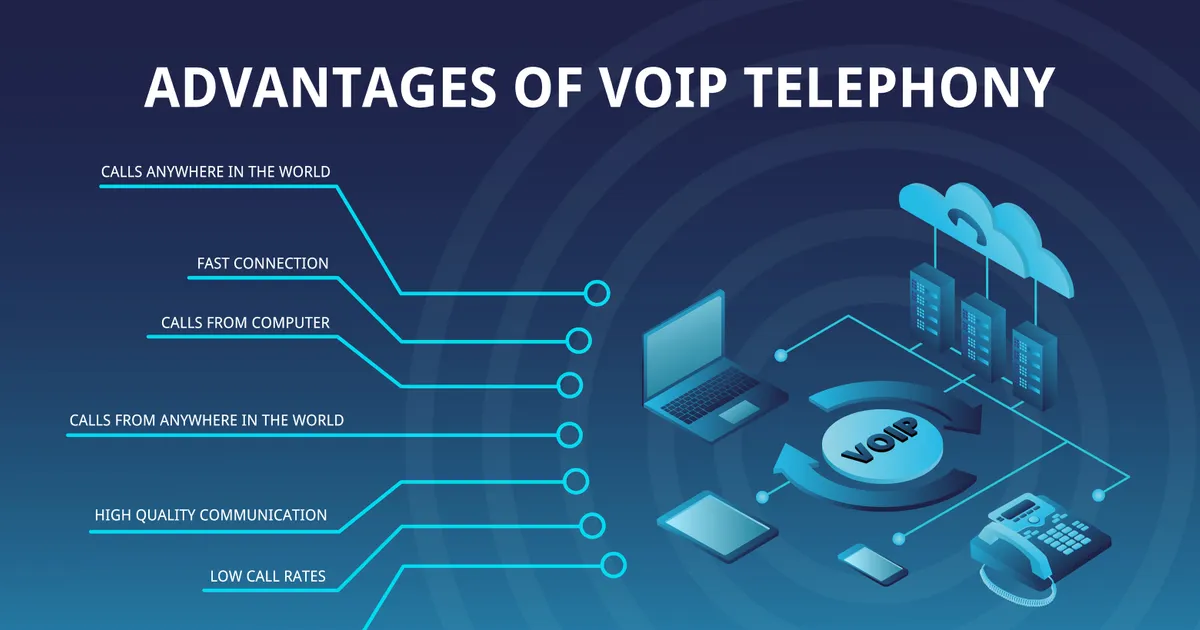 Shutterstock
ShutterstockHow Does VoIP Work?
Just like any other interaction on a computer network, VoIP works by the transfer of information from point A to point B. Analog voice calls are converted into ‘packets’ of data that travel across the Internet.
VoIP calls can either be delivered using a telephone handset that facilitates VoIP traffic by connecting to a computer network or made directly between two computers operating specialized VoIP software through the use of standard computer microphones and speakers – commonly known as ‘softphone’ technology.
Business also make use of technology known as ‘unified communications’ that incorporates voice calls, video conferencing, group conferencing and instant messaging.
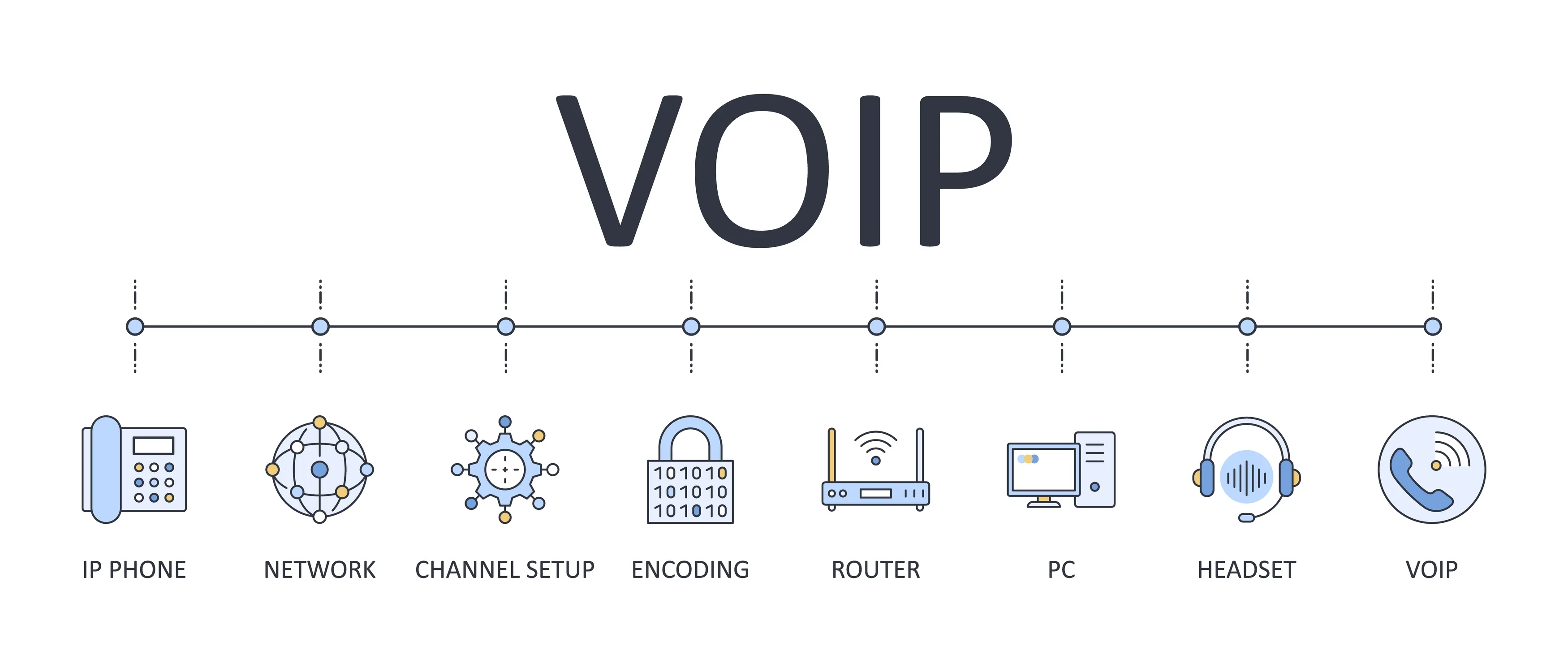 Shutterstock
ShutterstockWhy Is VoIP Better?
VoIP holds numerous advantages over standard PSTN telephony services.
Scalability
VoIP services are module based – businesses can add or subtract telephony services or purchase additional lines on a per-user or per-site basis. Standard PSTN services require the installation of physical infrastructure to accommodate extra lines and features.
Remote extensions
PSTN networks usually require the purchase of dedicated lines per extension. VOIP services deploy this feature as standard and adding an extension to an existing service is usually just a cost consideration, rather than a hardware change.
Integrated communications
Softphone platforms are designed to incorporate multiple forms of communication such as conferencing, chat, and webinars.
 Shutterstock
ShutterstockCommon Features
Call Routing and Forwarding
VoIP platforms allow you to categorize incoming calls and route them around your company based on variables such as customer type and staff availability, allowing you to work smarter with varying workloads and the real-time demands of your operation. Calls can also be forwarded to cell phones (or any other Internet-connected device) to ensure that your customers and staff are connected whatever the circumstances.
Call Analytics
In the modern workplace, data is king. Integrated VoIP platforms offer a myriad of ways in which to interpret call data and ensure your organization is working as effectively as it possibly can when it comes to resource allocation and staff performance metrics. Call data can be displayed in real time on dashboards to drive performance or saved to management reports to inform broader staffing and resource strategies.
Auto Attendants
Auto attendants act as a virtual switchboard, funnelling calls to the correct agents based on a set of pre-defined parameters, ensuring that your customer’s queries are being dealt with by the right people, in the shortest amount of time. Auto attendants are adjustable in real time and can be configured to accommodate hundreds of agents across multiple sites. Companies can either delegate the maintenance of auto attendants to their IT/telephony provider or do it themselves to exercise granular control over call routing throughout the organization
Call Recording
Usually offered as an add-on, call recording captures voice data in the form of standard telephone calls, and saves them in a secure online repository for training, compliance and legal purposes. Staff can be granted access on a per-user basis, and call lists can be searched via multiple variables, such as call date/time, receiving agent, telephone number or source organization.
 Shutterstock
ShutterstockTop VoIP Providers
1. RingCentral Office
Best for: Small businesses
RingCentral Office is widely regarded as the best all-around cloud-based VoIP provider for medium-sized companies in the US, Europe and Asia. The software is backed by a 99.99% uptime guarantee and benefits from a broad range of pricing plans to cater for businesses of all shapes and sizes. RingCentral Office contains all the major functionality of a modern VoIP system and features numerous integration tools.
Pricing:
- 2-10 users
- Essentials: $19.99 per user, per month
- Standard: $27.99 per user, per month
- Premium: $34.99 per user, per month
- 11-50 users
- Standard: $29.99 per user, per month
- Premium: $34.99 per user, per month
- Broad range of calling plans
- No limit on number of users for standard plans
- Integration with Microsoft 365 and Google Workspace
- Minimal functionality in the lower pricing plans
 Shutterstock
Shutterstock2. Nextiva
Best for: Those wanting high value
Founded in Scottsdale, Arizona in 2016, Nextiva’s cloud-based services are used by 150,000+ businesses all over the world through their ‘NextOS’ platform – a unified communications tool accessible via a desktop or mobile application that works alongside major commercial cloud platforms such as Google Workspace, DropBox and ZenDesk.
Pricing:
- 5-19 users
- Essential – $21.95 per user, per month
- Professional – $25.95 per user, per month
- Enterprise – $35.95 per user, per month
- 20-99 users
- Essential – $18.95 per user, per month
- Professional – $22.95 per user, per month
- Enterprise – $32.95 per user, per month
- Free trial option
- Unlimited calls to any phone in the US or Canada
- Cheaper than RingCentral
- International calling is generally more expensive than other providers
 Shutterstock
Shutterstock3. GoToConnect
Best for: Those wanting extra features
GoToConnect sells itself on being a feature rich UCaaS (unified communications as a service) platform with 100+ calling and communication tools, and video conferencing services. GoToConnect’s cloud-based platform is accessible via a web browser and requires no additional software to take advantage of the platform’s numerous features.
Pricing:
- Basic: $12.40 per user, per month
- Standard: $26.25 per user, per month
- Premium: $55.40 per user, per month
- Huge range of unified communications features
- Extensive CRM integration
- Simple pricing tiers that aren’t based on the amount of users
- Expensive premium pricing plan compared to other providers
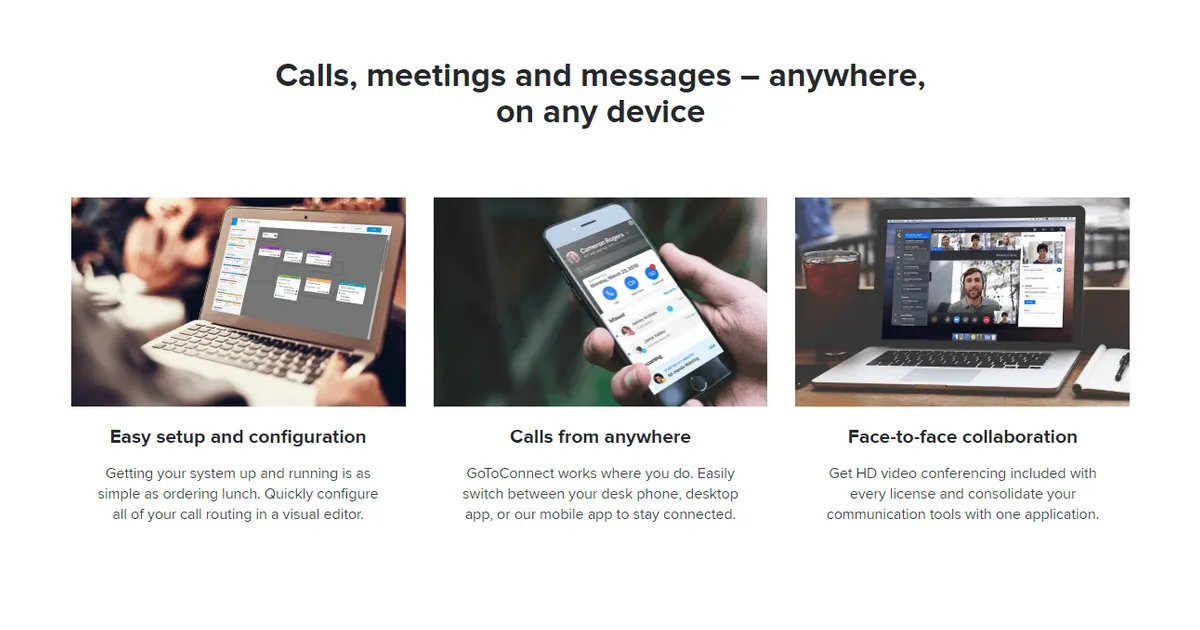 Screenshot: GoTo.com
Screenshot: GoTo.com4. Dialpad
Best for: Softphone functionality
Dialpad boasts numerous high-ranking former Google VoIP engineers and tech figureheads who have come together to build one of the most efficient, cost-effective softphone platforms available anywhere in the world. Dialpad’s VoIP product – Dialpad Talk – makes use of cutting-edge AI technology to gauge customer reactions during a call and automate the note-taking process to ensure maximum productivity.
Pricing:
- Standard: $15 per user, per month
- Pro: $25 per user, per month
- Free trial option
- Extensive softphone CRM integration (e.g Salesforce
- Hubspot)
- G Suite and Microsoft 365 integration
- Lack of an up-front Enterprise pricing plan
- Minimal desk phone support
 Shutterstock
Shutterstock5. Ooma Office
Founded in Silicon Valley in 2003, Ooma quickly became one of the fastest growing VOiP providers in the US. More recently, Ooma has made the transition to cloud-based VoIP services through its Ooma Office platform, and associated smartphone application. The platform is less versatile than most other VoIP providers, given its reliance on bespoke base stations to deliver a telephony service instead of a basic Internet connection. Its saving grace, however, is that Ooma’s mobile application doesn’t require any additional hardware to access its VoIP platform.
Pricing:
- Basic: $19.95 per user, per month
- Pro: $24.95 per user, per month
- Base stations can act as wireless access points
- Increased connection redundancy
- Inexpensive
- Video conferencing only available in higher tiers
- Additional base station costs
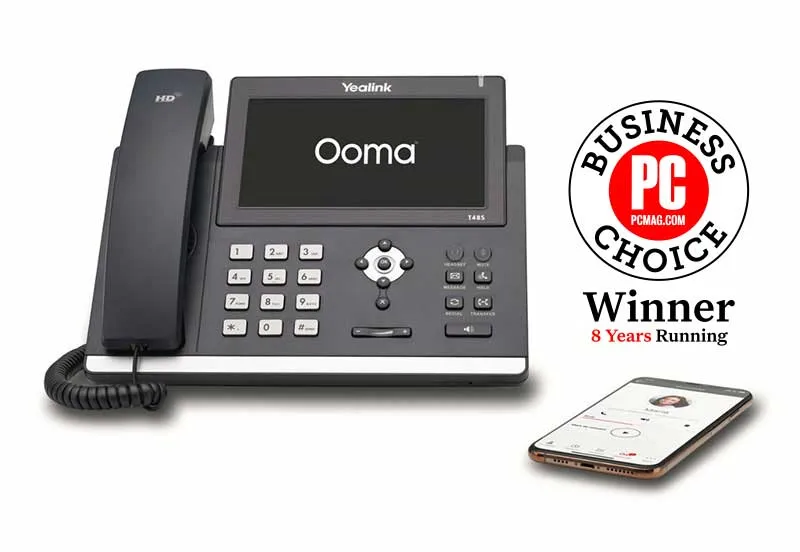 Screenshot: Ooma.com
Screenshot: Ooma.comChoosing the Right Provider
Choosing the right VoIP provider for your business can seem like a daunting task. Providers offer the same underlying set of features and it can be difficult to differentiate prospective partners in what is a perpetually crowded marketplace.
Before you start to shop around, think about what it is that you need from a prospective VoIP platform, based on the following:
Budget
Work out how many people will need to use the platform within your organization, what numbers they need to call (local, national, international) and how far your budget can stretch within a per user, per month pricing model.
Features
Consider what features your staff need in order to carry out their roles to the best of their ability. Do they require call recording? What are their video conferencing requirements? What kind of collaboration tools do your internal teams need?
Hardware requirements
The first step will be to decide whether or not to opt for physical handsets, or to operate via a softphone platform that takes the form of a desktop/smartphone application. Do some research into what the switching/routing requirements are of different platforms, and whether you’ve got the expertise to be able to configure VoIP equipment yourself or if that job needs to be outsourced.
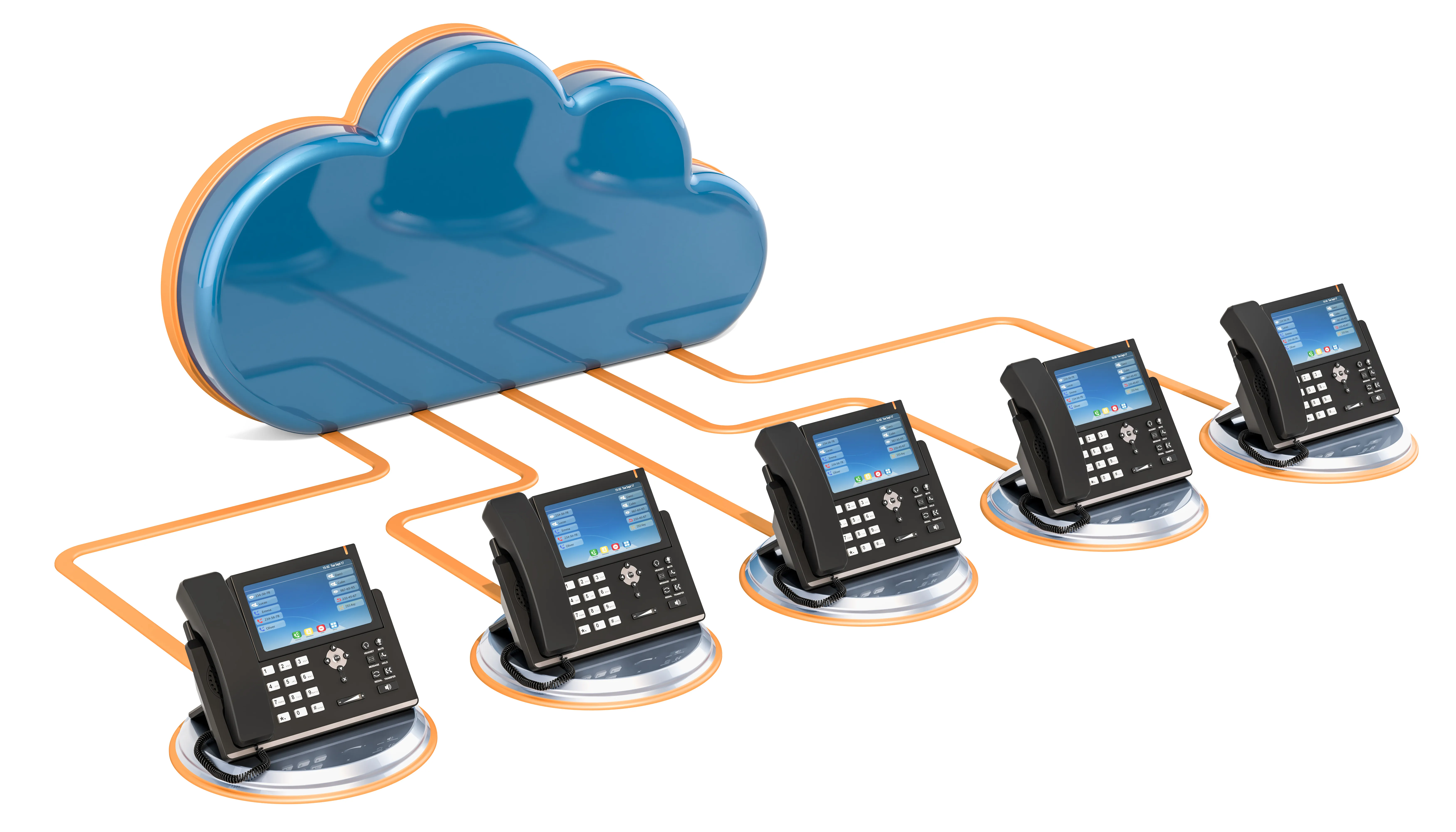 Shutterstock
ShutterstockA Whole New World of Integrated Telephony
VoIP services have fundamentally changed the way that businesses and their employees interact with one another and the outside world.
Hopefully, this guide has familiarized you with the core functionality of VoIP as a technology and helped you to identify what to look for when going to market for a VoIP provider.



